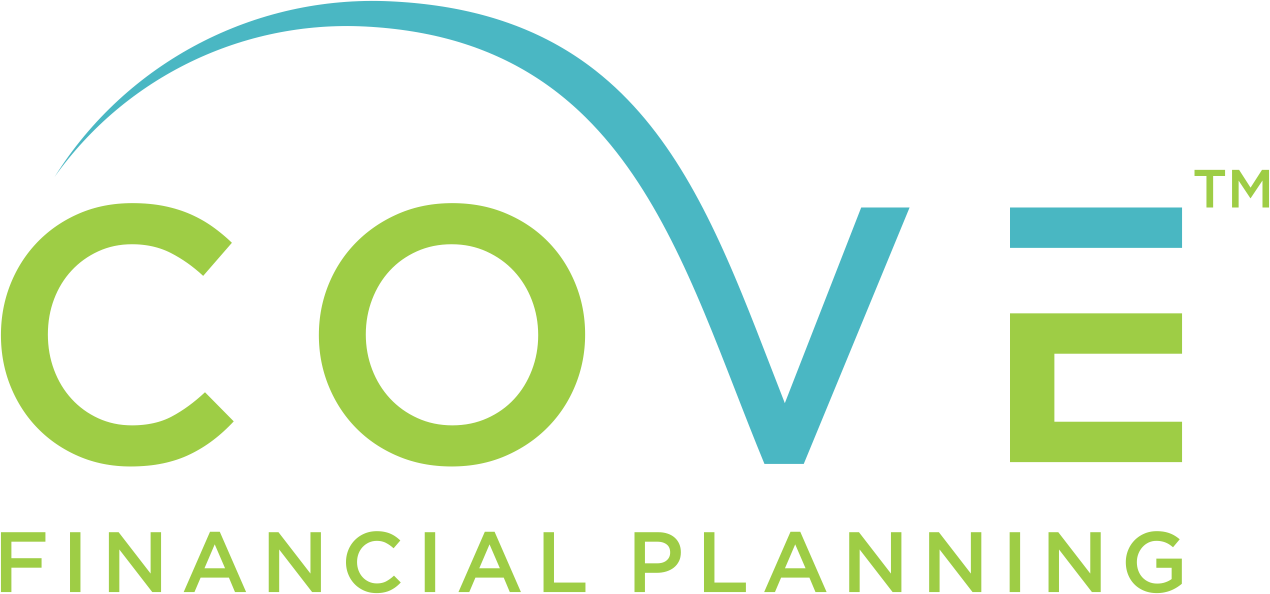The Inflation-Protection Move that Nobody is Talking About
How can you make more than a 170x return on a single trade? Swap out your cash at the bank for inflation-protected U.S. savings bonds. Your checking and savings account might be paying you around 0.02% interest, while Series I Savings Bonds offer a yield of 3.54% that rises with inflation.
Not only are these bonds tax-free at the state level (you do need to pay federal taxes on the income), but they are also issued by and backed by the full faith and credit of the federal government. FDIC insurance has nothing on the Treasury.
Learn more about Series I Bonds through the government-operated TreasuryDirect website.
Why now?
It’s no surprise that inflation has been creeping up recently. Look no further than car and home prices and college tuition. In addition, the $1+ trillion infrastructure plan may result in accelerated inflation in the coming years with questionable impact on the U.S. dollar valuation.
There’s nothing wrong with keeping cash at the bank. In fact, it’s crucial in order to provide liquidity with your emergency savings. That said, when the rate of inflation is 3% (based on historical averages), and your bank accounts offer 0.02% interest, then you are actually losing purchasing power over time. In short, your dollar is losing value slowly but surely.
What’s the deal with Series I Bonds?
Series I Savings Bonds are inflation-protected bonds issued by the federal government. They protect investors from inflation because the yield is tied to the Consumer Price Index (CPI). The CPI measures the change in the cost of goods and services to consumers. When the CPI rises, we experience inflation. So, during an inflationary environment, when stuff is getting more expensive, the interest rate on Series I Bonds also rises.
Check out the U.S. Bureau of Labor Statistics website for up-to-date information on the CPI.
The current 3.54% interest rate applies to Series I Bonds issued through October 2021. This yield will reset every six months unless the rate of inflation stays constant.
But what if inflation or interest rates decline? Sure, the current 3.54% interest rate can drop, but the yield on Series I Bonds can never go below zero. In short, you will always get your money back when you redeem your bonds.
Importantly, you must hold on to Series I Bonds for at least one year, or you lose all the interest for the first year. If you redeem the bonds within the first five years, you just give up the last three months of interest. If you hold on to the bonds for five years, there is no penalty.
The upside
3.54% current annual interest
Interest rate grows when inflation rises
Yield can never go below zero (you’ll always get your principal back)
Tax-free interest at the state level
Guaranteed by the federal government
The downside
Liquidity constraints – must hold for one year
Minimum purchase – $10,000 per calendar year per person
Taxable interest at the federal level (you might be eligible to avoid federal taxes if you redeem for qualified education expenses)
Must be purchased and held through Treasury Direct – you can’t hold in brokerage account
How to incorporate in your financial plan
I’ve helped many people tier out their cash reserve by splitting cash between some combination of the following:
Checking and savings accounts
High-yield savings accounts
Taxable, diversified investment accounts
Series I Bonds should not be used to replace your entire cash reserve due to the one-year liquidity constraint, but they can serve as an alternative to your high-yield savings accounts, which are now offering approximately 0.50% interest.
For example, if your monthly living expenses equal $10,000, and you are targeting a cash reserve of six months of your living expenses—or $60,000—you might consider tiering your cash reserve as follows:
$40,000 in your checking/savings accounts
$10,000 in Series I Savings Bonds
$10,000 (or any leftover cash) in a taxable, diversified investment account
This hypothetical combination will provide adequate liquidity in the event of an emergency while also giving you a reasonable chance of out earning the rate of inflation, or in others words, preserving your purchasing power.
You may also consider laddering your purchase of Series I Bonds by buying some each year and selling bonds purchased in past years, depending on changes in their interest rate.
Do you want to learn more about protecting your portfolio from inflation? Reach out to me at Ben@coveplanning.com or schedule a free consultation call.
Sign up for Cove’s Build Your Wealth Newsletter to stay informed with the latest personal finance insights!
Ben Smith is a fee-only financial advisor and CERTIFIED FINANCIAL PLANNER™ (CFP®) Professional with offices in Milwaukee, WI, Evanston, IL and Minneapolis, MN, serving clients virtually across the country. Cove Financial Planning provides comprehensive financial planning and investment management services to individuals and families, regardless of location, with a focus on Socially Responsible Investing (SRI).
Ben acts as a fiduciary for his clients. He does not sell financial products or take commissions. Simply put, he sits on your side of the table and always works in your best interest. Learn more how we can help you Do Well While Doing Good!
Disclaimer: This article is provided for general information and illustration purposes only. Nothing contained in the material constitutes tax advice, a recommendation for purchase or sale of any security, or investment advisory services. I encourage you to consult a financial planner, accountant, and/or legal counsel for advice specific to your situation. Reproduction of this material is prohibited without written permission from Ben Smith, and all rights are reserved. Read the full Disclaimer.


